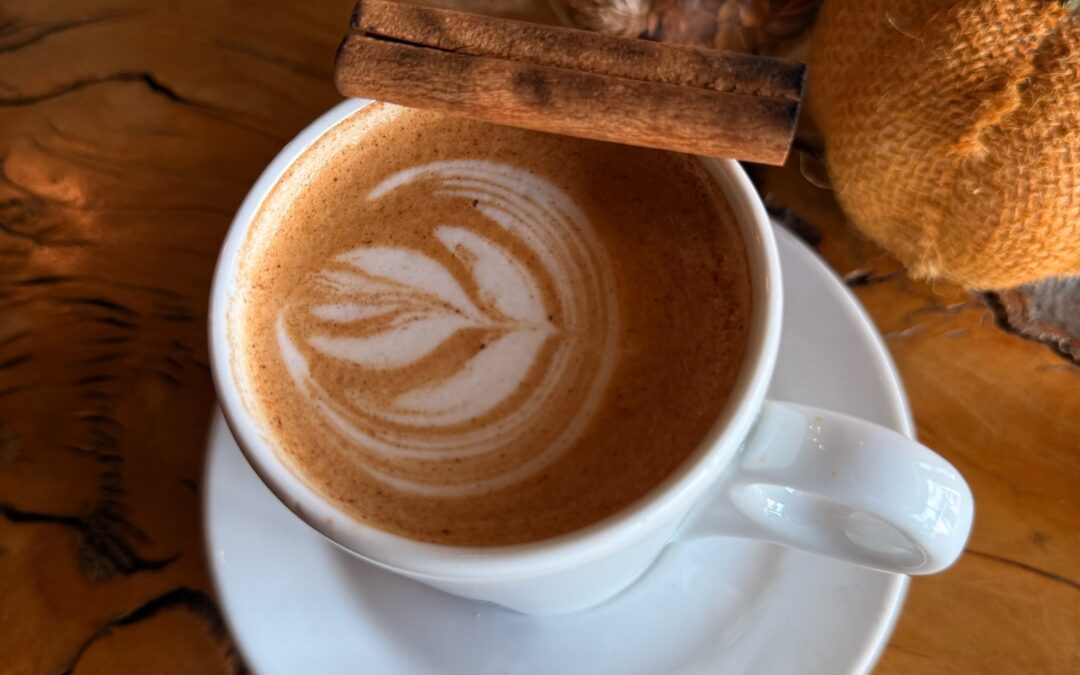The Landscape of Coffee Syrups
When people ask “how many types of coffee flavor syrups exist,” the real answer is: more than you might expect. There’s no official registry that sets a fixed number — new flavors and variations emerge all the time — but we can categorize them into broad groups to give a clearer picture of the variety available in the U.S. market.
Here are the main categories:
- Classic (Vanilla, Hazelnut, Caramel, Chocolate)
These are the staples found in nearly every café. Vanilla is probably the most ubiquitous. Hazelnut, caramel (or salted caramel), and chocolate (mocha-style) are also perennial favorites. - Nut & Seed Flavors
Beyond hazelnut, you’ll see almond, macadamia nut, pistachio, and even walnut or pecan syrups in some specialty cafés. - Fruit & Citrus Flavors
Think raspberry, strawberry, peach, mango, blood orange, or lemon. These lighten or brighten the flavor of iced coffee or cold brews. - Dessert & Indulgent Flavors
These include flavors like toffee nut, cinnamon dolce, crème brûlée, pumpkin spice (seasonal), salted caramel, peppermint mocha (seasonal), cookie dough, s’mores, etc. - Botanical, Floral & Herbal Flavors
Examples: lavender, elderflower, rose, mint, ginger, cardamom, chai spice blends, etc. - Spice & Seasonal Flavors
Pumpkin spice (fall), gingerbread (winter), eggnog, cinnamon, nutmeg—or even limited-edition flavors tied to a holiday or trend. - Custom & Fusion Flavors
Some specialty roasters or cafés make proprietary blends (e.g., “tropical breeze,” “hazelnut crème cookie”) that mix fruit, floral, and dessert notes in novel ways.
So, conservatively, you’ll find dozens of “types” across these categories — and if you count every brand’s one-off flavor, there could be hundreds in circulation across the U.S.
Why So Many?
- Consumer Demand for Novelty — People like trying new flavors, especially seasonal or limited-edition ones.
- Brand Differentiation — Syrup brands (e.g. Torani, Monin, DaVinci) compete by releasing new flavors or flavor blends.
- Regional & Cultural Influence — Certain flavors resonate more in particular regions (pumpkin spice in fall, citrus in warmer climates, etc.).
- Flexibility — Syrups allow cafés to adapt quickly: a new flavor becomes trendy, and a café can test it without reworking its whole coffee program.
How Roggenart Uses Syrups to Let You Customize Your Coffee
At Roggenart, we believe your coffee should feel personal. That’s why we stock a diverse selection of syrups so you can tailor your drink just how you like it. On your visit (or via order), you’ll often see classic options like vanilla, caramel, and hazelnut — but we also rotate in seasonal and more adventurous flavors so you can try something new.
Want a unique latte? We can do it. Craving a salted caramel cold brew? Absolutely. Prefer a fruit twist on your iced coffee? Our baristas are happy to mix and match syrups (within reason) to give you a signature drink. (If you want to learn more or see which syrups we currently carry, visit our menu pages at www.Roggenart.com.)
Our goal is to make every cup feel like yours. Whether you like comforting classics or bold experimental blends, we’ve got the flavor flexibility to match your mood.
FAQs
Q: Do syrups add calories or sugar?
Yes — most flavored syrups are sugar-based, so each pump adds sweetness and calories. If you’re watching your intake, ask for fewer pumps or a sugar-free version (where available).
Q: Can I mix multiple syrups?
Yes — we welcome combinations (e.g. “half caramel, half vanilla”) as long as the blend fits the drink. Just let your barista know.
Q: Are all syrups available at every location?
Not always. Some seasonal or experimental flavors rotate depending on store size or local demand. It’s best to ask your barista on site.
You can visit your local Roggenart here to mix and match coffee flavors:

